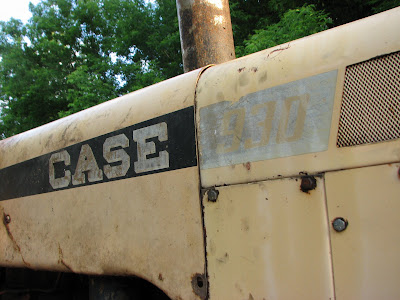"After concluding our listening tour on the National Animal Identification System in 15 cities across the country, receiving thousands of comments from the public and input from States, Tribal Nations, industry groups, and representatives for small and organic farmers, it is apparent that a new strategy for animal disease traceability is needed," said Agriculture Secretary Tom Vilsack. "I've decided to revise the prior policy and offer a new approach to animal disease traceability with changes that respond directly to the feedback we heard."
The framework, announced today at the National Association of State Departments of Agriculture (NASDA) Mid-Year meeting, provides the basic tenets of an improved animal disease traceability capability in the United States. USDA's efforts will:
- Only apply to animals moved in interstate commerce;
- Be administered by the States and Tribal Nations to provide more flexibility;
- Encourage the use of lower-cost technology; and
- Be implemented transparently through federal regulations and the full rulemaking process.












